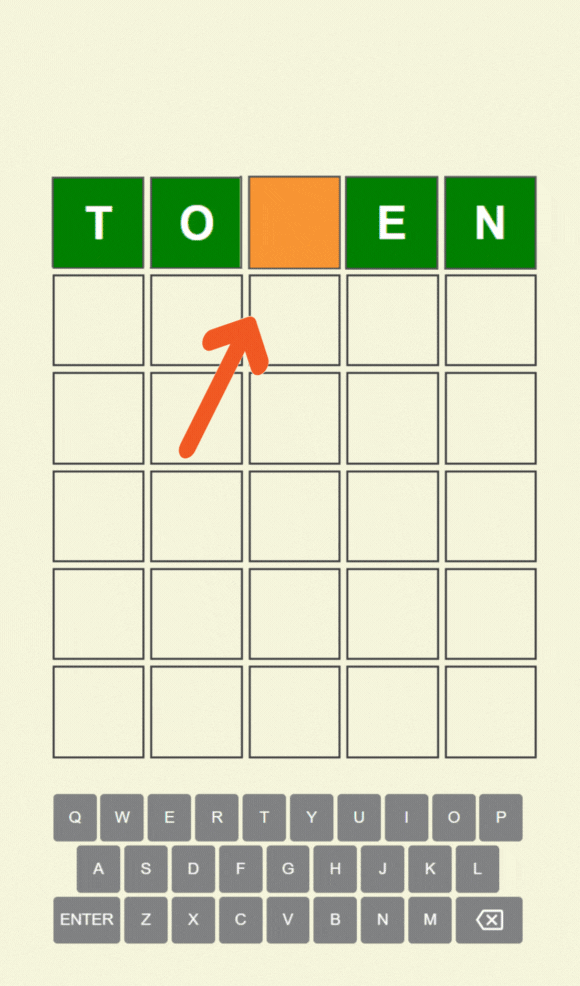According to Barchart, Bitcoin (BTC) is on the verge of forming a dreaded death cross. This ominous formation appears when the largest cryptocurrency’s short-term gains fall behind its long-term gains. Specifically, this formation occurs when the 50-day moving average falls below the 200-day moving average.
Bitcoin and the Death Cross Formation
The death cross is generally considered the beginning of a brutal market downturn, but like the golden cross, it tends to be a lagging indicator based on past data. In some cases, the death cross can be a false signal if there is no clear downward trend. For example, a death cross formation appeared on Bitcoin’s price chart in March 2020, but it surged later that year to set new records. Another example was in June 2021, when a death cross formed, yet Bitcoin set new records just a few months later.

The current threat of a death cross formation for Bitcoin is generally considered a bearish signal, but past examples show that this signal does not always work. As seen in the examples above, there have been many instances where a death cross formed, followed by rallies. Therefore, the current death cross could also present an opportunity for investors. However, it is still beneficial to closely monitor market conditions and macroeconomic developments.
Is the Worst Behind Us?
The price of the largest cryptocurrency fell below $50,000 for the first time in months earlier this week due to a global stock market crash. As a result, market sentiment has returned to the extreme fear zone.
The cryptocurrency market, shaken by Bitcoin’s sharp decline, has started to recover. The largest cryptocurrency showed strength on Tuesday, rising to $57,300. According to current data, Bitcoin is trading at $56,559, up 1.68% in the last 24 hours as of the time of writing.
According to independent financial research firm Fundstrat, the worst may already be over for the markets following the strong Monday crash. The firm added, “This panic could ultimately be seen as a growth scare (and a carry trade unwind).”

 Türkçe
Türkçe Español
Español









